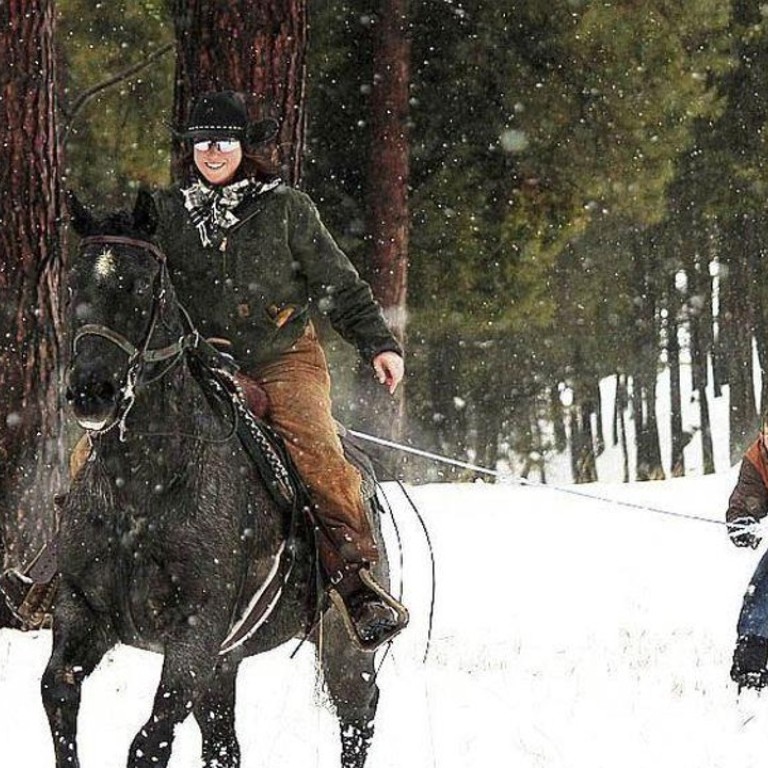Skijoring, winter’s wildest sport

What is skijoring, and how to give it a try?
For those propelled through life in pursuit of adrenaline, in wintertime finding ever-newer forms of entertainment can be a challenge if you have already conquered downhill skiing, uphill skiing, cross-country skiing, snowshoeing, dog sledding, heli-skiing, snowboarding, racing car driving on an ice field, and even gone as far as to rent out a whole mountain and buy a Ferrari-red Sno-Cat to partake in all of the above.
What is a humble snow sports enthusiast to do when seemingly all icy avenues have been raced down?
Consider skijoring, the art of skiing while being towed by rope at breakneck speed by horses or dogs. Or as we like to think of it: the best winter pastime you never knew existed. It may not an Olympic sport – the closest it got was a demonstration at the 1928 St Moritz games – but with growing popularity and several major skijoring competitions around the corner, now is the time to get into this underrated sport. Here is how.
Origins
The origins of skijoring can be traced to 1850s Scandinavia, when residents drawn to various gold rushes in the western United States returned home and introduced Native American dog sledding traditions they had witnessed to local conditions. In Winter Adventure: A Complete Guide to Winter Sports, authors Peter Stark and Steven M. Krauzer contend that raising large packs of dogs did not make sense in densely populated areas, so the number of animals was downgraded and the sled was used only for cargo. They also made a distinctly Scandinavian adjustment: “The driver, instead of riding, held on and skied behind”, actively propelling themselves instead of being pulled, while controlling the pack through a mix of reins and voice commands. Nordic-style mushing, as it came to be known, remains a popular pastime in Norway.
Many dogs want to pull, it’s their instinct
Fast forward to the late 19th century in America, when Scandinavian immigrants brought the tradition that would become skijoring back stateside. They nixxed the sled and doubled down on the skiing – the name is derived from the Norwegian word skikjøring which means “ski driving” – and became a way for trappers to check snare lines, miners to go between claim sites, and backcountry mail deliverers to speed up their routes. These days, it’s generally a leisure activity in the US and abroad.
Who is skijoring for?
Skijoring with horses rather than dogs is similar but distinct, the difference comparable to the variation between downhill and cross-country skiing. When skijoring with horses, the forward propulsion comes exclusively from, you guessed it, the horse. (Think of it as an icier version of water skiing.) With dogs, skijorers are responsible for propelling themselves forward, albeit with a little help from the pups.
For both, you will need to be in reasonably good shape. Those who have never been on skis might want to sit this sport out entirely. But experienced downhill skiers will be adept in navigating the punishing turns of a horse-swung rope. So will cross-country skiers, who, used to propelling themselves on flat terrain, will have well-developed stomach and lower-back muscles. Wakeboarders and water-skiers, too, will have the core strength and balance required to stay upright and not be pulled forward into a face plant.
If you’re hoping to bring your pup skijoring, make sure he is game: Your dog needs to be healthy and weigh at least 16 kg (35 pounds). Siberian huskies and Alaskan malamutes are good breeds for the sport, but Labrador retrievers, Rhodesian ridgebacks, Great Danes, greyhounds, border collies and even standard poodles can get in on the action.